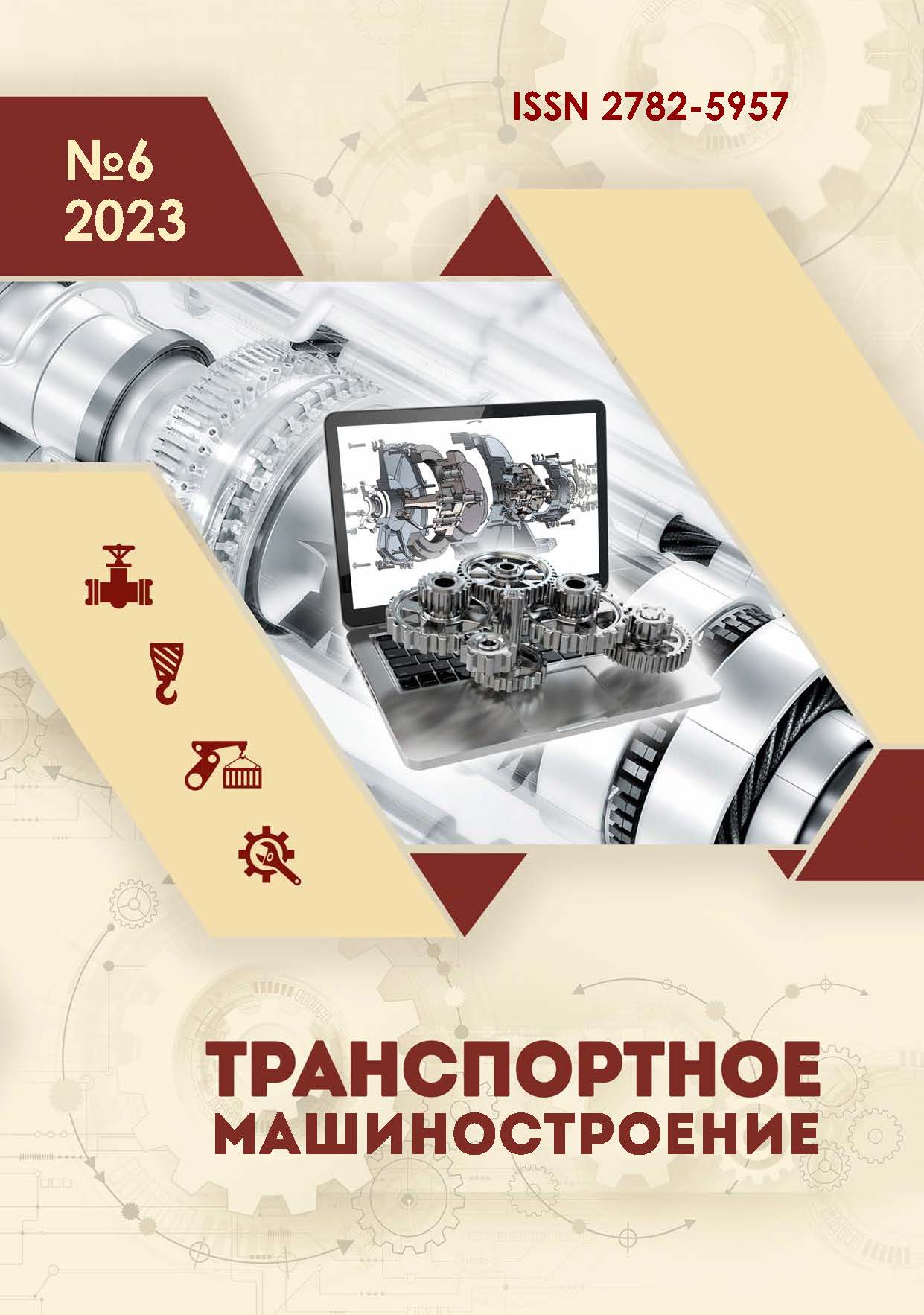Irkutsk, Irkutsk region, Russian Federation
Russian Federation
Russian Federation
Irkutsk, Irkutsk region, Russian Federation
UDC 629.4.023.2
Russian Library and Bibliographic Classification 392
Additive technologies are represented by various methods of 3D printing and are increasingly being used in various industries around the world. For example, printing with metal powders is used for the production of such structural elements as various arm supports in the aircraft industry or the manufacture of spacecraft hulls. The use of 3D printing with the use of polymer materials makes it possible to manufacture, for example, various gears for non-principle mechanisms. The use of such technology in pneumatics is also relevant. However, at the same time, the possibility of using these technologies for the manufacture of various pneumatic devices has not been widely studied up to now. In the course of studying this issue, a pneumatic gearbox was made. However, it was found out that one of the problems that does not allow to design and manufacture a normally functioning pneumatic device is an unknown value of friction factor of the materials of which its elements are made. The study objective is to find out the static friction factor of products made of polymer materials using 3D printing technologies. The necessity of this study is explained by the problems that arose as a result of testing a high-performance pneumatic gearbox manufactured using additive technologies applying various polymer materials. The main problem of this device is the density violation of fixed detachable joints of gearbox case parts and covers. Since the medium to be used is compressed air under a pressure of 0.9 MPa, any density violation can lead to the gearbox destruction or to air losses from the braking system of a freight train due to an increase in the number of leaks in the pipeline for additional power supply to the spare reserve. The paper presents the results of experimental studies on finding the friction factor of various types of materials used in 3D printing. The obtained friction factors are required for the design of seals of pneumatic devices according to generally accepted methods.
technologies, gearbox, brakes, rolling stock, coefficient, friction, sealer, sealing medium
1. Sorokin DV, Babkina LA, Brazgovka OV. Designing various-purpose subassemblies based on topological optimization. Spacecrafts and Technologies. 2022;6(2):61-82. doi:https://doi.org/10.26732/j.st.2022.2.01.
2. Galinovsky AL, Filimonov AS, Badanina YV, Dolgikh AI. Comparative correlation study of software systems for three-dimensional numerical simulation by analyzing results of the RST product topological optimization. Proceedings of Higher Educational Institution of Mechanical Building. 2023:42-51.https://doi.org/10.18698/0536-1044-2023-1-42-51.
3. Slynko MD, Tsvetkova OL. Additive technologies in railway transport. Proceedings of the III International Student Scientific and Practical Conference, December 10, 2021: Actual Problems of the Development of the Transport Complex in the Digital Economy; Branch of SamGUPS in Nizhny Novgorod. Nizhny Novgorod; 2021. EDN LIVRAW
4. Ivanov PYu, Khamnaeva AA, Khudonogov AM. Reduction of electric locomotive energy consumption when controlling pneumatic brakes of a freight train. Proceedings of the Third International Scientific and Practical Conference, 06 December, 2018: Development and Operation of Electro-technical Complexes and Systems of Power Engineering and Ground Transport; Omsk: Omsk State University of Railways; 2018. EDN PPBPJT.
5. Ivanov PYu, Khudonogov AM, Dulskiy E. Study of the influence of the brake shoe temperature and wheel tread on braking effectiveness. Journal of Physics: Conference Series. Voronezh; 2020. DOIhttps://doi.org/10.1088/1742-6596/1614/1/012086. - EDN OHFFAP.
6. Korsun AA, Ivanov PYu, Kruglov SP. Mathematical model of the operation of the train braking system during braking, taking into account the dynamics of the shoe friction factor on the wheel and the coupling with the rail in a computer medium. Bulletin of Rostov State Transport University. 2022;2(86):104-113. DOIhttps://doi.org/10.46973/0201-727X_2022_2_104. EDN LNUDHW.
7. Korsun AA, Ivanov PYu, Osipov DV, Tikhonov DA. Analysis of factors affecting the friction coefficient of the brake shoe of the rolling stock. Modern Technologies. System Analysis. Modeling. 2022;2(74):91-100. DOIhttps://doi.org/10.26731/1813-9108.2022.2(74) .91-100. EDN RPAUTW.
8. Osipov DV, Ivanov PYu, Dulsky EYu. Two-tube braking system on railway rolling stock. 2022;4-5(101-102):38-41. EDN ZGBZCC.
9. Ivanov PYu, Dulsky EYu, Khamnaeva AA. Comparative analysis of braking systems of rolling stock with single-tube and two-tube power supply. Bulletin of Rostov State Transport University. 2020;3(79):35-42. DOIhttps://doi.org/10.46973/0201-727X_2020_3_35. EDN UANBCT.
10. Avrushchenko BH. Rubber seals. Leningrad: Khimiya; 1978.






